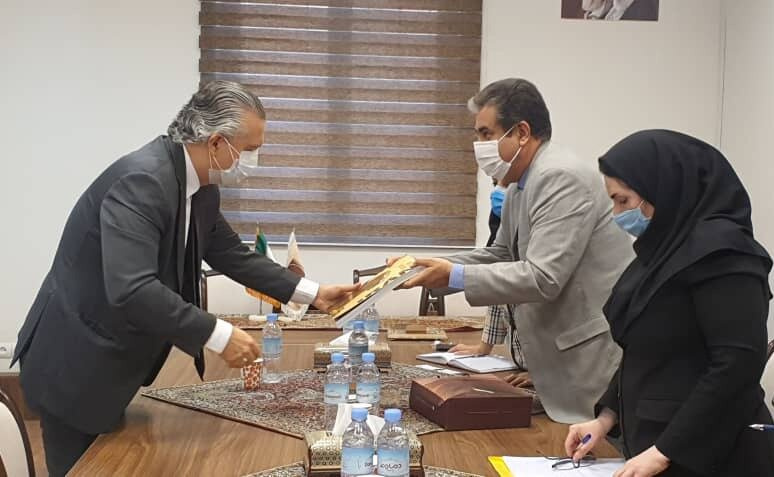Brazil seeks enhanced cultural, museology ties with Iran

During the meeting, Santos highlighted the long-established friendly relations between the two countries, describing it as positive and historical.
He also referred to the success of “Iran, Cradle of Civilization” – a loan exhibition of Iranian relics exhibited in the Netherlands and Spain, adding the role of museums is very effective in strengthening friendship [in the international scene].
“Holding [joint] exhibits of historical, cultural relics lay the proper ground for countries to widen relations,” he said.
“The development of cultural relations with Iran is of great importance for Brazil, and I will make a special effort to expand relations and cooperation.”
Nokandeh for his part attached great importance to developing cultural and museology relations between the two sides as he welcomed the envoy’s proposal of organizing loan exhibits.
“The realization of holding mutual exhibitions is a priority for the National Museum of Iran and we announce readiness to develop comprehensive inter-museum cooperation,” Nokandeh added.
The Iranian official said during the current limitations caused by the coronavirus outbreak, the expansion of virtual activities holds a dual function, suggesting to hold joint virtual projects until the end of the epidemic.
“Iran, Cradle of Civilization” featured a selection of 196 valuable historical pieces of a large span of the Iranian history, starting from the pre-historical era to the Islamic period, truing the spotlight on the earliest developments of agriculture and livestock farming from the very beginning to cuneiform clay tablets, gold beakers and ornaments, bronze weapons and beautifully painted ceramics associated with successive Iranian kingdoms.
The National Museum of Iran is somewhat chockfull of priceless relics that represent various eras of the country’s rich history. Its structure was completed in 1928 based on the design by French architect André Godard who was also an archaeologist and historian of French and West Asian Art.
Source: Tehran Times

